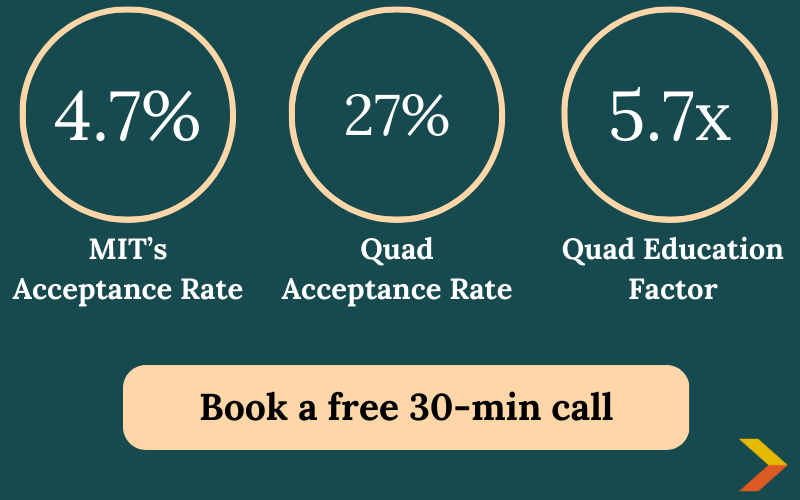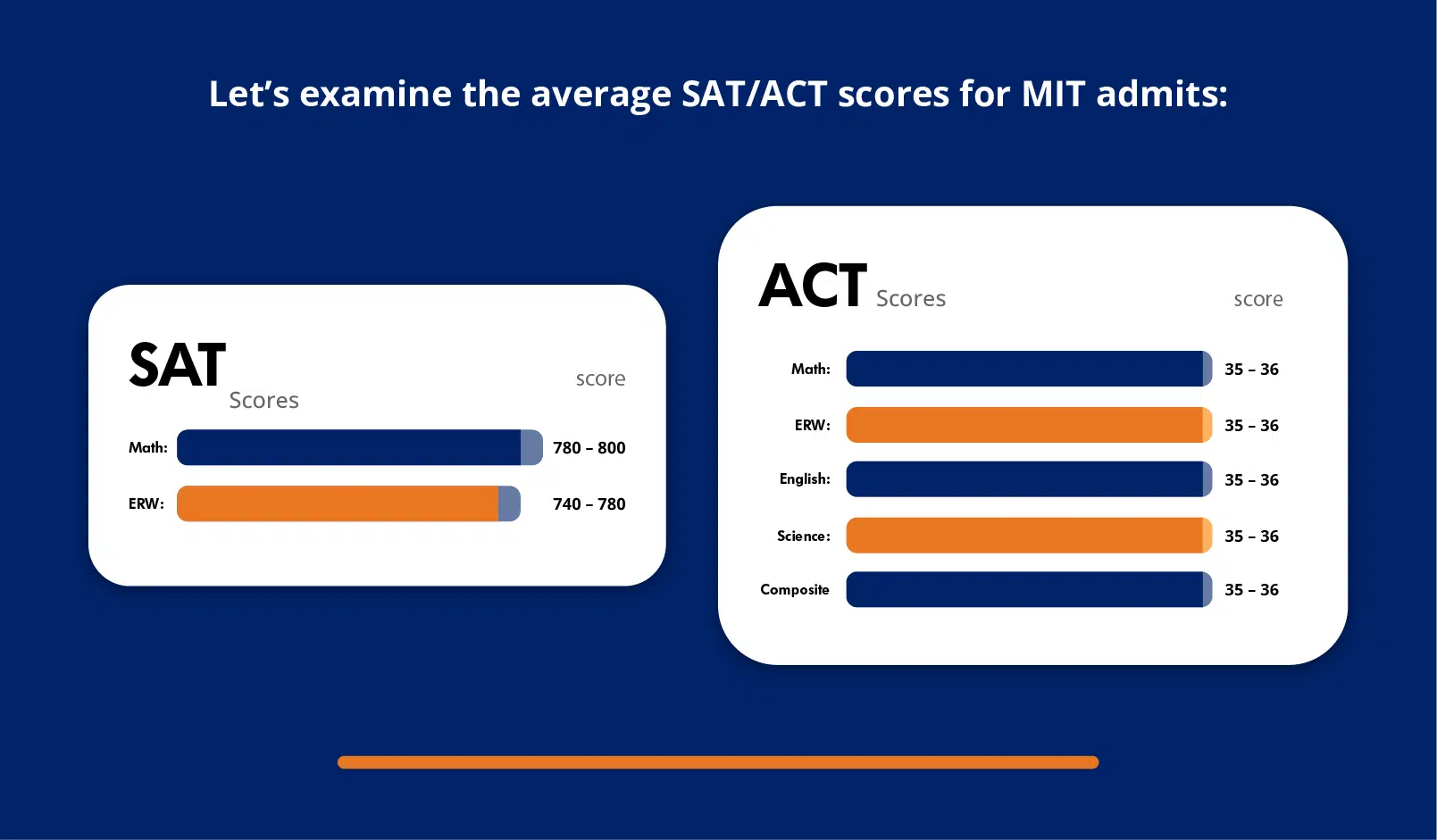Introduction
The significance of the mass media and the cultural industry to foster consumer interest is beyond dispute. This paper aims at discussing the role of the media in shaping the consumption behavior of individuals. The interconnectedness of the contemporary media and the market is evident. Participating in the process of embedding culture, the press, TV, and the Internet serve as linkage between the production and perception of goods and services.
Table of Contents

The Role of TV in Culture Industry
The critical role of TV in the process of turning culture into a realm for consumption could hardly be underestimated. The means at the disposal of TV are varied and diverse. Not only does it join together the system of production and consumption, but the social status and lifestyle values of the selected programmes and TV stars are eagerly adopted by the audience. Although television itself does not manufacture items, it serves as an intermediary, perpetuating and even increasing the hunger for consumer goods by advertising a variety of items such as clothes, foods, labor-saving machinery, sports gear, and so forth and so on.
Conclusions
The close connection between the press, TV, the internet and the commodity production is obvious and vivid. By embedding, both the press and the TV promote the process of selling goods and services. Being a significant mediator, the TV also sources of information for discussing and analyzing various topics. The mutual interweaving of culture media with goods manifests the phenomenon whereby the media are greatly instrumental in the process of consumption and help instill new stimuli for consuming more and more goods and services.
Impact of Standardized Test Requirements
While standardized tests have always been a part of the college application process, recent changes in the requirements for these tests might influence the admissions outcomes in the upcoming academic year. Specifically, due to the current COVID-19 outbreak, MIT, similarly to other institutions, has accepted the test-optional policy for the Fall 2021 and Spring 2022 application cycles. While the policy may encourage some students not to submit their application scores, MIT’s statements concerning the decision also show that many of its students have extremely high test scores, so the test-optional policy may not affect the application pool significantly. Therefore, MIT’s acceptance rate may not change substantially this year, and the effect of the new policy in the longer term remains unclear.
MIT Holistic Approach to Admissions
One of the most remarkable features of MIT’s admission policy is its holistic values and strategies beyond test scores. Thus, despite this year’s policy, MIT admissions policy is still based on the student’s personal qualities and educational and leadership potential.
Evaluating Beyond Test Scores and GPAs
MIT’s admissions committee has always put substantial effort into evaluating an applicant’s potential beyond the academic excellence. Indeed, while it is a premise, it is also a set that other criteria of an application are as important in the reviewing process. Thus, when reading an MIT application, the committee assesses the student’s experiences, personal features, and thoughts on their readiness and absolute desire to spend their life at MIT.
The Importance of a Candidate’s Unique Story
In simple terms, every student has a story, but in MIT’s judging process, only those are admitted whose stories tell admissions counselors that they are smart, industrious, creative, analytical, and truly have the ability to comprehend their University’s mission of excellence.
Attributes MIT is Looking for in Future Students
When we talk about what it takes to get into MIT, we usually think high test scores. In reality, however, MIT is seeking young individuals who possess a spirit of invention, a sense of teamwork, and a dedication to making the world a better place. Also, an MIT student is a person who loves to get the dirty work done and isn’t afraid to walk and work together with someone. It’s not a coincidence though that MIT’s admissions process is holistical. It takes a lot to receive an MIT education, and that’s what makes this university so great. In the face of ever-increasing change and global interconnectedness, MIT’s holistic admissions policy ensures that it enrolls and nurtures the world’s brightest, most diverse students. By taking stock of the entire person, the institution is investing in the leaders, innovators, and executives of the future.

Early Action and Regular Decision Results
In the US university system, students may normally only apply to a given college in one of two ways: Early Action and Regular Decision. To develop a better college plan, we are expected to have an awareness of the differences in outcomes between the two separate applications. Early Action Acceptance Stats generally have higher acceptance levels than Regular Decision (RD). To put it another way, it’s distinct for its higher acceptance rates, not that it has higher acceptance rates. For example, the admission rate for MIT EA for the class of 2024 was 7.4 percent, which was significantly higher relative to the RD and can be regarded as such. Many universities see increased acceptance rates anytime they use the EA phase because the application pool is often smaller, and candidates who apply early are likely to be interested.
Application to both EA and RD has their conditions and opportunities that a high school senior about to start the long and complex college application process should be aware of. It should be noted in this regard that the overall acceptance rate at MIT is low, as it is a world leader among tech schools. To gain admission, an applicant has to establish a record that at least meets the level of excellence demanded by MIT, and only a few students know how to exceed it.
Crafting Standout Applications
To stand out among the thousands of highly accomplished applicants, the candidates need to do more than offer their high GPAs and topnotch test scores. MIT is waiting for the people, who will demonstrate their willingness and ability to innovate, lead, and contribute to the campus life materially and intellectually in some particular ways. As a student, you may showcase some original projects, research activities, or business experiences that reflect your enthusiasm and positive input to MIT’s worldwide reputation and activity. An applicant who has developed or launched a new application that solves a particular social problem may be one possible great individual to be enrolled at MIT. Remember also that you can be the contributor with unique research published in a scientific journal and demonstrating your level of initiative that MIT has always valued.
Understanding Acceptance Data Over a Decade
The analysis of acceptance data for the past decade shows that the acceptance rates at MIT have been getting lower for some period. It definitely results from the outer factors that have been creating the growing number of applicants on one hand and the overall growing selectivity trend among the academic institutions on the other. Thus, in 2011, the acceptance rate for MIT was equal to 9.7% that is approximately two times higher than the rate at the beginning of the 2020s. Today, the number has been lowered to 4.8% for the 2025 class. These trends give us a better understanding of the applicant pool’s competitiveness and help to make our application process more targeted. Professional guidance can simplify the whole process fundamentally by providing the candidate with the insights about the particular requirements that MIT may expect from their students.
It is important to note that in the context of MIT’s applications, the details matter, as the variety of methodologies for crafting outstanding applications, knowledge of patterns in its acceptance data, and relying on professional support are likely to increase chances for students to be admitted to the institution. Similar to Ivy League institutions, it is known for its selectiveness, which is a defining feature for MIT. Thus, MIT and Ivy League resemble each other in this regard, although differences exist.
Selectiveness:
As noted, MIT is selective, which is a pattern it shares with Ivy League institutions. An Ivy League institution, Cornell, had a rate of acceptance of 13.4%, which is one of the highest in this group. In turn, the same characteristic for MIT was 4.8%, which placed it near Ivy League schools with 5.2%. Thus, it is possible to conclude that the differences are minimal, and the selectiveness of both types of schools is relatively equal.
Despite its low level compared to Ivy League institutions, the acceptance rate to MIT is low enough to make it premier in the eyes of many students. The acceptance rate is frequently tied to the level of prestige of a school, and the general information provided indicates that low acceptance rates of institutions in question add to its prestige. However, this picture has another less visible side to it: the general salience of the school is also related to the quality of education they provide, whether the research of students is salient and useful for the scientific community, and the societal impact of the alumni of the institution. In all these areas, MIT, as well as Ivy League institutions are known to excel, which adds to their prestige.
Harvard vs. MIT: A Direct Confrontation of Chances
The fact that they are both the oldest and one of the most cutting-edge, with MIT being the if not the first, the best school regarding science and technology. The first comparison would be the acceptance ratio for Harvard’s class of 2025 – 4.6% against the 4.8 % of MIT.
This little percent difference confirms high rivalry between these schools evaluating the unique character of both. MIT’s feature is their orientation toward science, technology, and innovation, while Harvard is famous for the excellent liberal arts education and many professional schools. Comparing the chances for entering this school with getting to the Ivy League schools, applicants should consider more than this little digits. They should be interested in a particular institution for its culture, educational opportunities, strengths (in academic and implemented area) and other opportunities for personal benefits.
Personal Chances inside the Margin of 4.8%
Considering the fact that their current acceptance rate is 4.8%, it is a bit daring to advise to get prepared for becoming a student, however cliche it would sound. This number can serve as a good motivation to create a meaningful application with the power to catch the eye of this demanding committee. What is in the application that can be a thread between the students capturing such an interest? I believe that would be a project, a new initiative maybe, or roots for obtaining the results, which they value much more than any standard SAT or AP test scores. Increasing your personal chances for entering this school, one should chase a big goal in the area that they are extraordinarily interested in, and make sure they have things to prove it – part-time or full job, summer practices, published of read essays and articles, initiating charity or a new club in one’s area. This goal being realized would help not only increase the application’s chances for being noticed but also greatly facilitate the admission process.
Message to Students: Supplies, Value, and the Probability of Attending the MIT
The chosen message resonates with my strategies, since it serves as an important reality check for students. When reviewing the rates of acceptance for the MIT, it is crucial for students to realize that the possible number of applicants is vast and, more importantly, implies that students need to have unique and immensely developed qualities, both personal and professional, to enroll at the MIT. For instance, students should be prepared to present their unique approach toward learning and show why they can contribute to the learning process at the institution.
Message to School Counselors: Expected Outcome and Strategic Planning
The preferred message emphasizes the importance of strategic planning to school counselors. When advising students on whether they should consider applying to the MIT, it is critical to help them realize that the stated probability is very low. Therefore, a sensible decision here would be to include several more candidate schools with a slightly lower significance or choose another pathway to avoid disappointment if applying to the MIT does not yield the expected results. Thus, the specified approach should be used to demonstrate that strategic planning and preparing an alternative to the MIT could be the best idea under the current circumstances.

